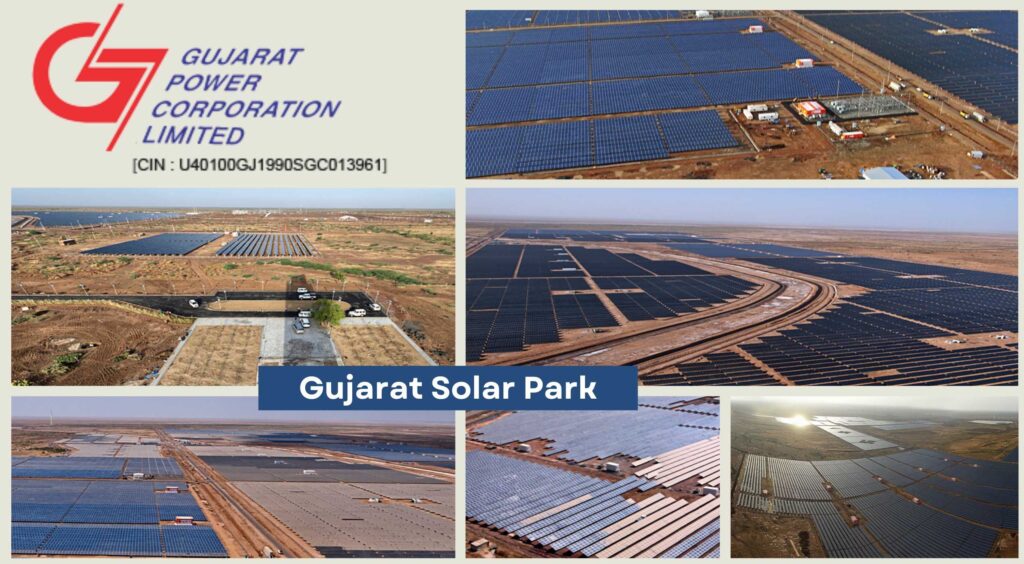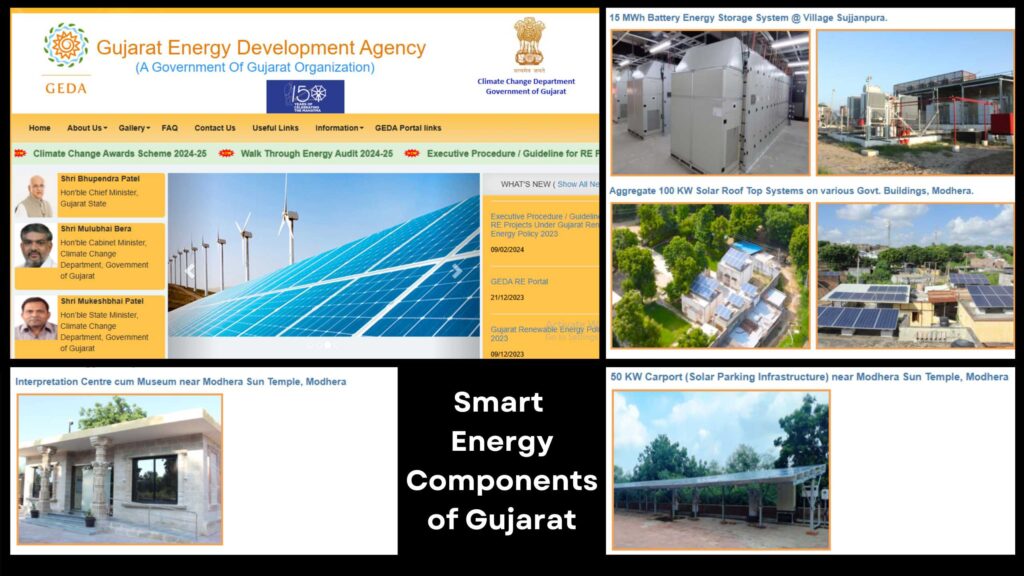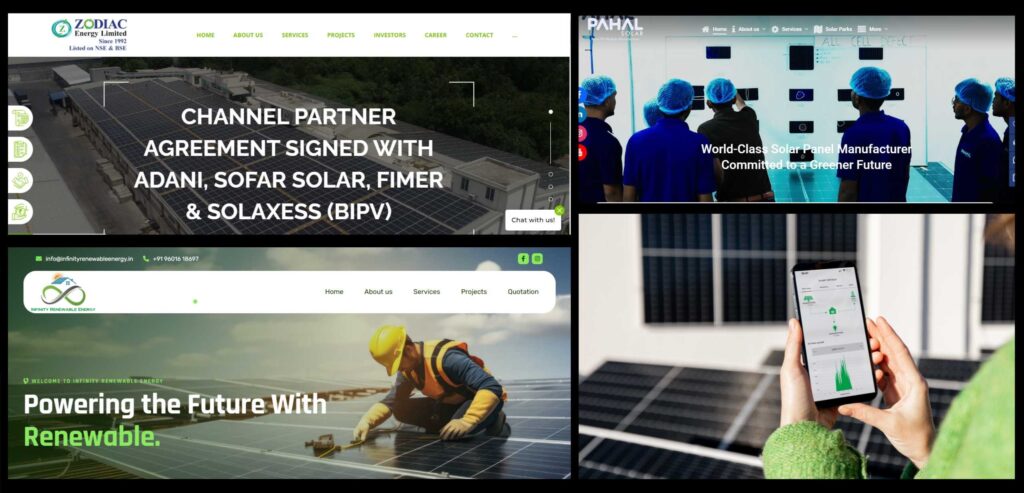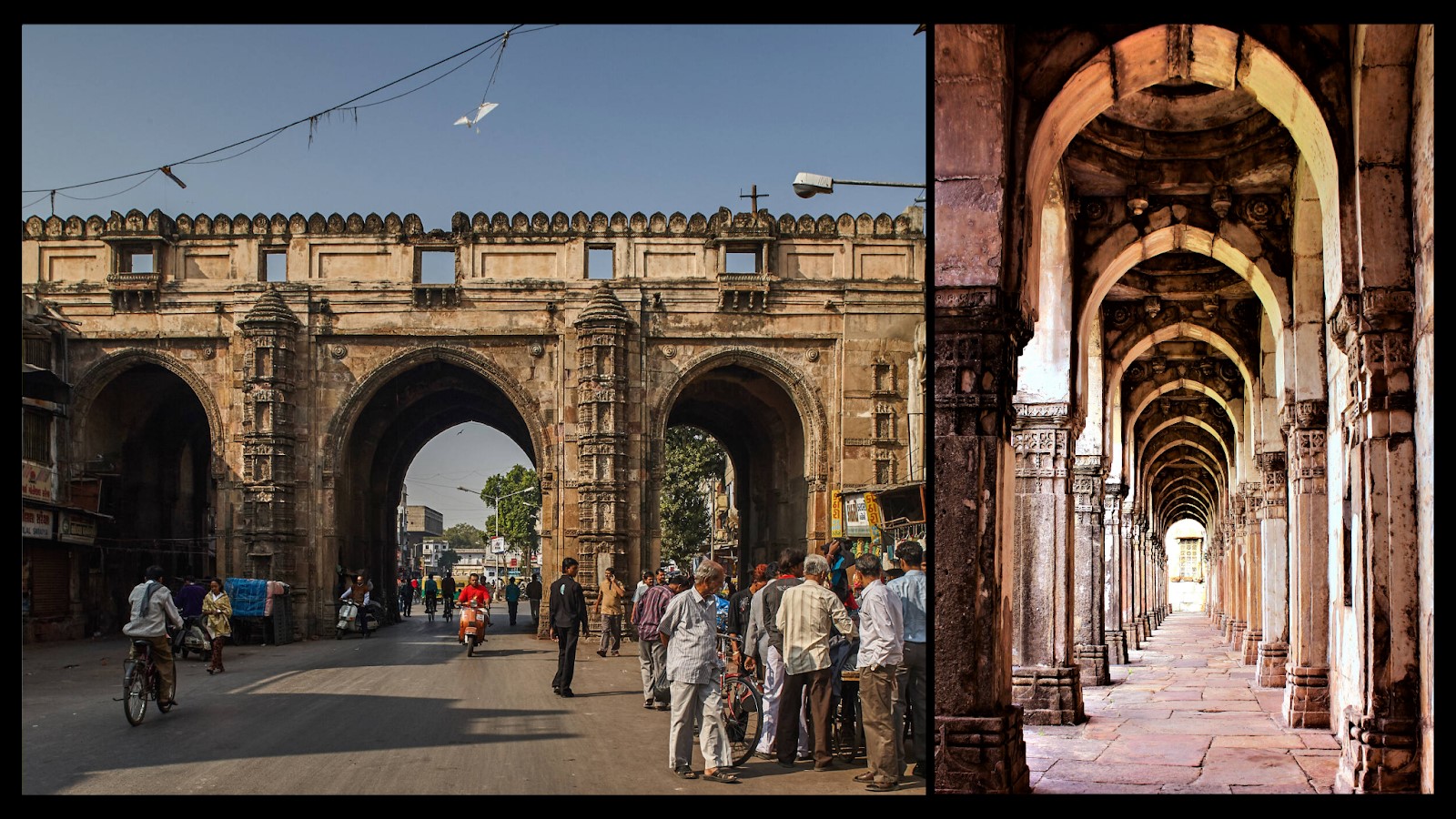A Model of Renewable Energy Innovation
Gujarat is presenting a tremendous example in solar energy. The western Indian state, rich in sunny views, has emerged as a prominent participant in India’s renewable energy sector. From pioneering regulations to advanced solar infrastructure, Gujarat’s initiatives reflect its dedication to sustainable energy. Notably, Gujarat retains the second place nationally in solar energy with an installed capacity of 10,031 MW. The state’s approach to solar power showcases both innovation and an amazing speed of growth. With bold solar initiatives started in 2009, Gujarat has transformed its potential into a renewable energy powerhouse. Gujarat’s significant solar rooftop installations and ambitious solar targets reflect its overall plan. Along with supporting the environment, solar revolution fosters a sustainable entrepreneur journey. Especially for local businesses, it boosts development and innovation across the region.
Gujarat’s Renewable Energy Policies

In Gujarat, solar power development began with the establishment of a pioneering solar policy in 2009. This proactive strategy produced conditions fit for big solar installations. The Gujarat Power Corporation Limited (GPCL), as the nodal agency, has been essential in implementing these projects. GPCL’s help extends beyond merely solar, since it actively manages wind, biomass, and bio-energy projects. Gujarat’s renewable energy program focuses on utilizing the state’s 36 GW solar and 143 GW wind power potential. This combined focus on solar and wind seeks to produce a cost-effective and stable electricity source. The state’s ambition fits with India’s larger goals, including the ambitious target of zero carbon emissions by 2070. This path strengthens Gujarat’s environmental reputation with positioning it as a model for business. In Gujarat and worldwide, it delivers a competitive energy market that attracts businesses focused on sustainability.
Key Milestones and Leading Projects in Gujarat’s Solar Achievements

Gujarat, a pioneer in solar development, has achieved significant milestones. It includes the Charanka Solar Park, Asia’s first large-scale solar park with a 600 MW capacity. The Gujarat Energy Development Agency (GEDA) has played a significant role. It has initiated and promotes renewable energy programs. It resulted in a total renewable power generating capacity of 22,435 MW, with 46.24% coming from renewable sources. Gujarat’s solarized ModheraSun Temple and Village showcases its capabilities in embracing new technology. It includes a 6 MW ground-mounted solar PV power plant and a 15 MWh battery storage system. Gujarat has also made progress in solar rooftop installations, leading the country in this field. These technologies enable independent energy generation. It is done by lowering demand on the state grid and enabling a decentralized energy strategy. The emergence of entrepreneurship stories in India is connected to thesebreakthroughs. It is because more emerging companies in Gujarat take advantage of this energy change. It is done in order to establish sustainable, cost-effective models supporting local economies.
Surging Solar Capacity
The state’s solar power generating capacity continues to expand, reaching 14,182 MW as of June 2024. This milestone demonstrates Gujarat’s accomplishments plus its essential role in India’s renewable energy goals. The state administration has set ambitious goals to grow this capacity even further. It intends to establish a renewable energy centre that serves both local companies and major industrial requirements. Gujarat’s expanding solar network also plays a crucial role in decreasing dependence on traditional fossil fuels. It is cutting greenhouse gas emissions, and contributing to cleaner air quality. For local companies, this transition offers both environmental and economic benefits. This allows them to operate more sustainably while cutting energy expenses. The state’s approach illustrates that running a business may truly coincide with sustainable principles. However, it also enables a cleaner and greener future.
Private Sector Contributions

Gujarat’s solar power achievement is boosted by the participation of private solar companies like Infinity Renewable Energy, Pahal Solar, and Zodiac Energy Limited. They play vital roles in expanding solar solutions across the state by producing high-quality solar products, from photovoltaic panels to solar-powered systems. They even promote growth via cutting-edge technology and sustainable practices. By cooperating with both residential and business sectors, they help make solar energy accessible, trustworthy, and cheap. Their efforts complement Gujarat’s renewable vision. It illustrates how private industry may effectively combine with state ambitions to achieve a greener. And more sustainable future for everybody.
Conclusion
Gujarat’s leadership in the solar power revolution highlights the power of vision, innovation, and commitment to sustainability. From leading policies to revolutionary projects, the state has developed a renewable energy model that other regions aspire to follow. Gujarat’s solar successes go hand in hand with its efforts in wind, biomass, and hydrogen energy, producing a balanced and sustainable energy mix. For local businesses, Gujarat’s renewable energy sector provides unique growth potential. The state’s solar breakthroughs cut energy prices and boost the region’s appeal as a business location. Such insights of Gujarat depict the power of sustainable practices. And educates us in aligning with business stories of glory and resilience that inspire other states and nations to follow suit.







